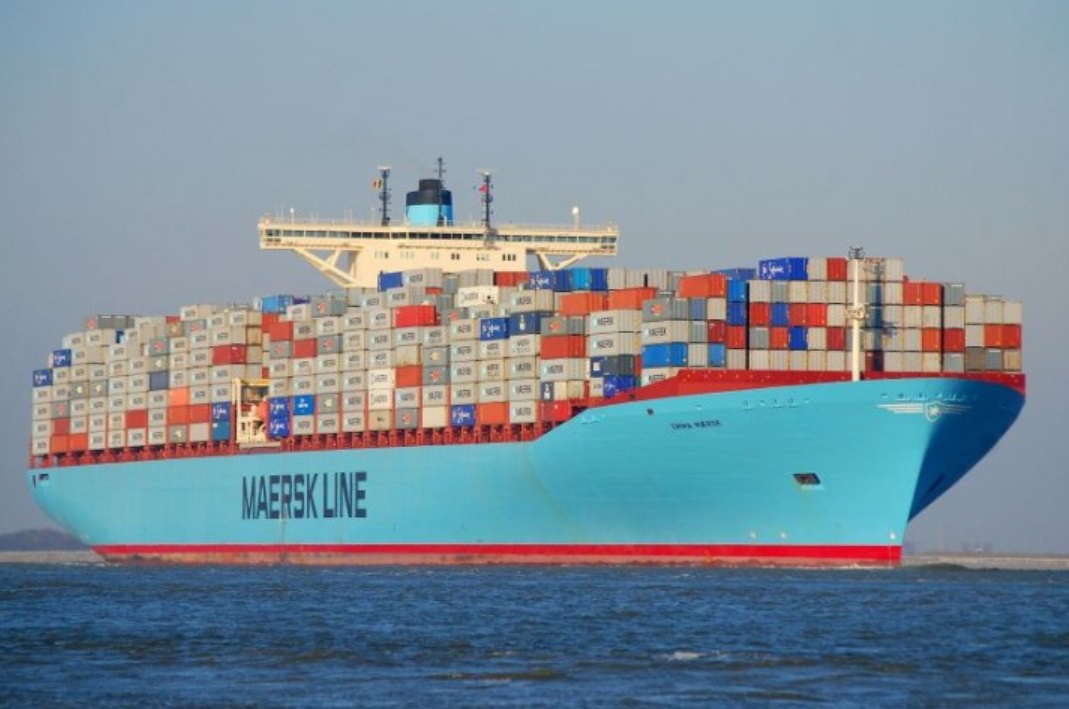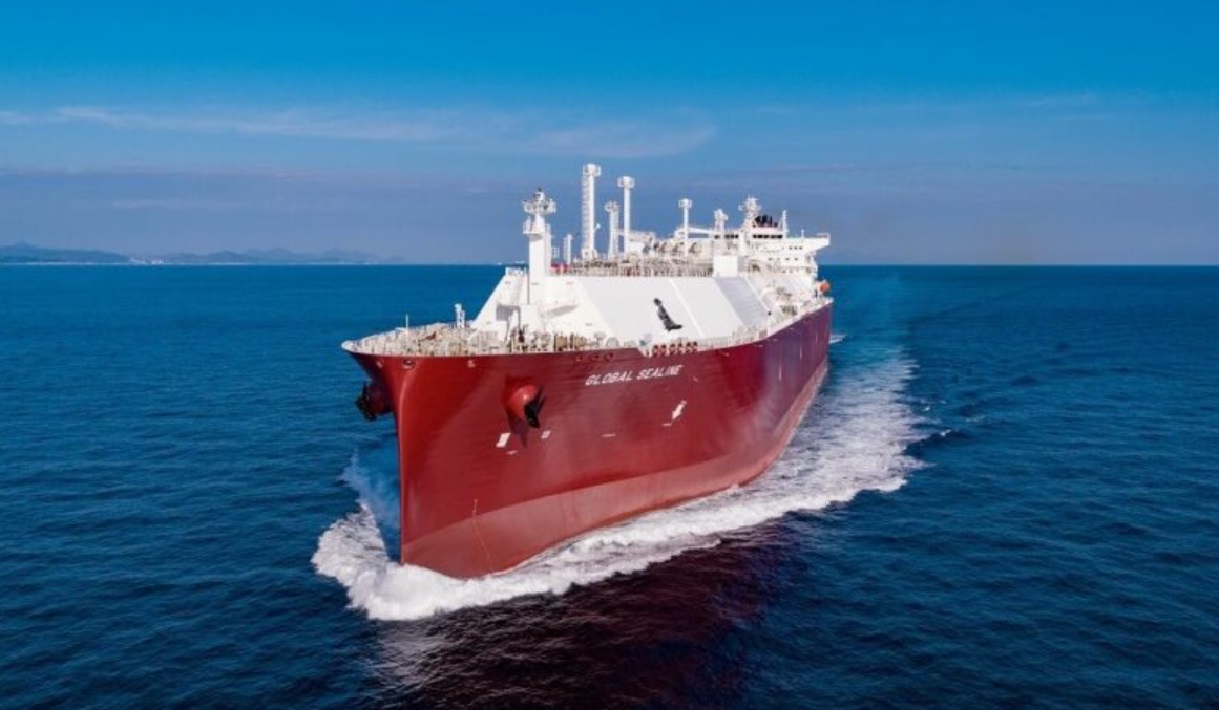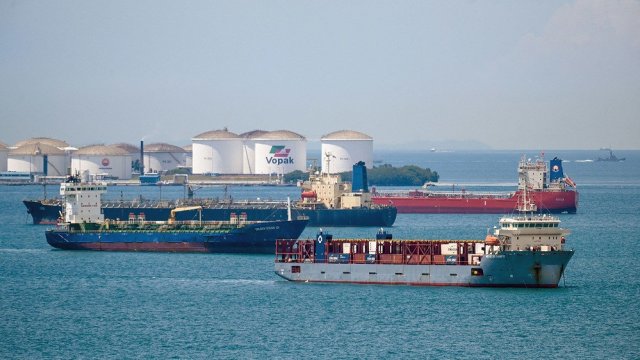Maersk warns that resolution of the Red Sea crisis might be dramatic for container lines. The exclusives of the container line admitted that the crisis brought additional benefit for the shipping and this was already calculated in the annual report and budgets. Sudden stop and allowing the container lines to reroute again through Suez will cost them more than the round voyages through Cape of Good Hope.
Chief financial officer of Maersk Line, Patrick Jany, described Maersk’s guidance as “two extreme scenarios”, and admitted that the crisis “has a certain benefit, because of the additional revenue”, and although it had also led to increased costs, the carrier was largely able to recoup those from shippers.
“As the Red Sea [crisis] started to unfold, that did not change the prevailing levels contracts were being signed up at. We are able to pass on the additional cost and some surcharges for the further cost that we will have… and we’ve been able to put that on top as a separate line on the contract. So that is what is going to be able to provide an uplift to Q1”, added Patrick Jany
Maersk suggested that, in this instance, rates would see a steep decline, perhaps reaching October 2023 levels, falling 990 USD per TEU for Asia to Europe. The current market average for Asia-Europe shipments is 4,591 USD per TEU.
“Red Sea disruption will help alleviate ocean losses in Q1, but the overall effect will depend on duration and how quickly additional capacity comes into service, leading to a wide range of scenarios for the year”, concluded Maersk Line.
The Danish carrier’s forecast indicates that in both scenarios, rates will eventually converge in Q4, with reversion towards mid-December 23 levels of 1,415 USD per TEU for Asia-Europe.



